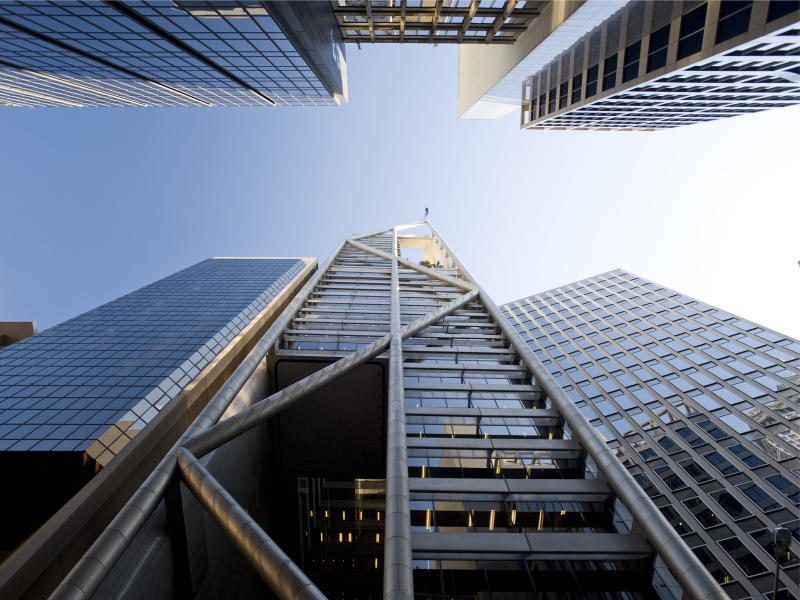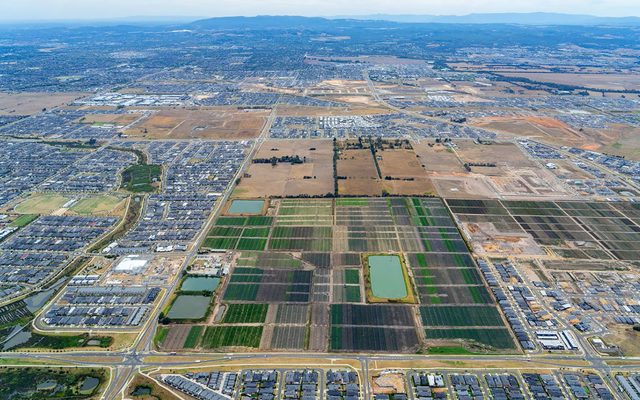This article is from the Australian Property Journal archive
CONFIDENCE in the office and industrial markets across the eastern seaboard has swung the NAB Commercial Property Index back into positive territory.
The quarterly Index had fallen below zero for the first time in four years in the first three months of the year.
Overall market sentiment lifted by 9 points to 7 in the June quarter, led by Victoria and New South Wales, and rising in all major states bar South Australia/Northern Territory.
Office sentiment was highest the highest by sector, up 16 to 39, again with Victoria (up 17 to 22) and NSW (up 12 to 13) ahead. Capital growth expectations for the next year are highest for office (1.9%), with the best prospects in Victoria and NSW. Industrial values are tipped grow 1.0% on average, with SA/NT and Victoria outperforming.
The office and industrial sectors are expected to lead the way in two years’ time, up 2.0% and 1.5%, again driven by the eastern states.
Industrial sentiment outperformed with solid gains across the east of the country, lifting 5 points to 20. Victoria (46), Queensland (29), NSW (26) and Western Australia (-6) all improved, but SA/NT fell to a low -60.
Office property is expected to provide the highest rental returns over the next 1-2 years (at 2.0% and 1.9%), led by Victoria. Industrial rents will also rise over the period (1.1% and 1.9%), with Victoria generating the highest returns in the next year and Queensland in two years’ time.
The national office vacancy rate was steady at 7.9% in Q2, with vacancy in Victoria falling to 4.3%, followed by 5.3% in NSW, 10.7% in Queensland, 12.5% in SA/NT, and 15.0% in WA. National vacancies are expected to inch down to 7.7% in two years’ time, with rising vacancy NSW and VIC – albeit to still very low levels – offset by modest improvements in Queensland, SA/NT and WA.
Confidence grew throughout the second quarter, and remains highest in the office and industrial sectors. The office confidence reading for 12 months’ time is 47, and 46 for two years, and is 33 and 43 for industrial respectively.
Sentiment in the retail sector improved in the quarter, but at -38 remains entrenched in negative territory amid ongoing tough conditions and subdued household spending. Confidence improved but is still negative, at -29 in one year and then -12 for two, which NAB chief economist, Alan Oster said perhaps reflected the outcome of the federal election and firming expectations around rate cuts.
The CBD Hotels sector fell 2 points to a survey low of -15, continuing its steady fall since 3Q18, and confidence slipped deeper negative in the CBD hotels sector, possibly reflecting the potential impact of higher supply expectations, dropping to -25 for 12 months and -40 for two years.
Retail and CBD hotels capital values are expected to drop 1.7% and 1.8% respectively, and a further by 1.7% and 2.6% respectively in two years’ time.
The retail returns outlook is negative (-1.4% and -1.1%), and expected to fall in all states except for Queensland in two years’ time.
Weakening conditions in the construction industry were reflected in the number of property developers planning to start new works in the next six months falling to 38%, well below the 49% average, and only 44% of developers plan to start new works in the residential sector, far below the average of 54%.
Property professionals signalled an improvement in their ability to access credit over the quarter, although the net number who said it was harder to obtain debt (32%) or equity (22%) continued to far outweigh those who said it was easier, while they also expect conditions to improve in the next three to six months, but still remain harder on balance.




